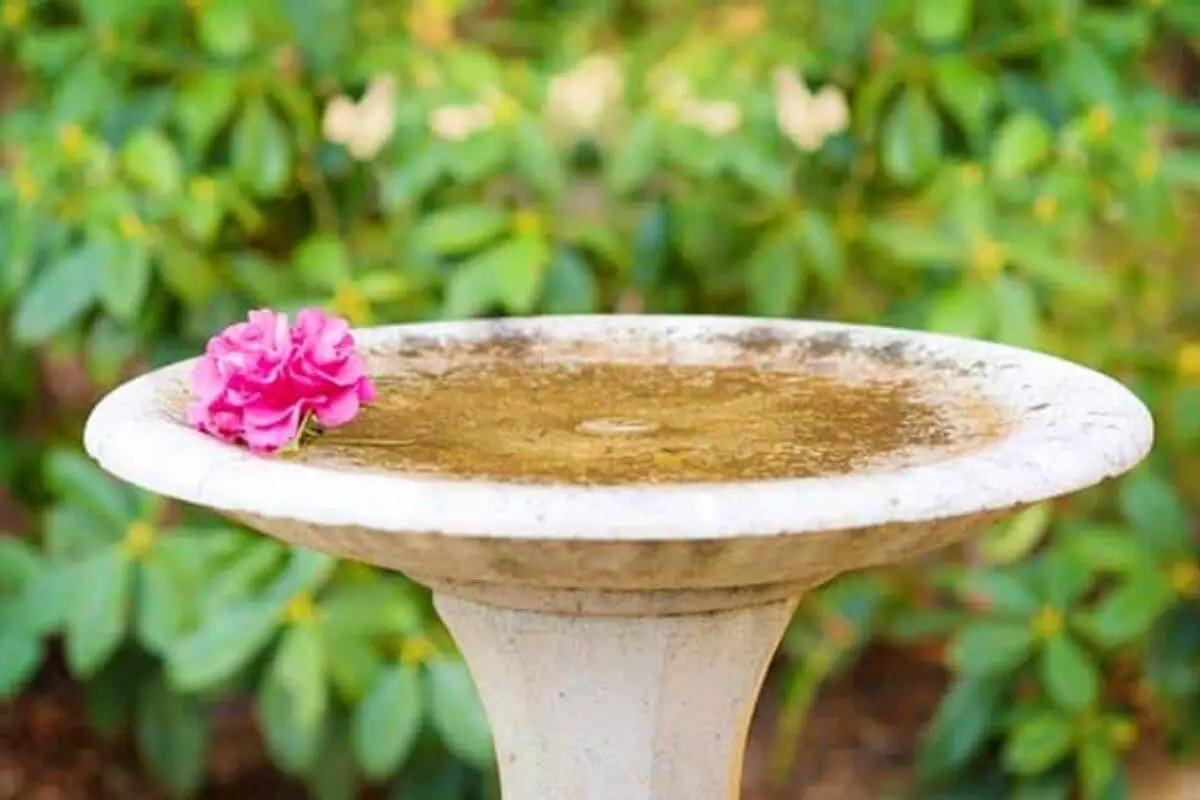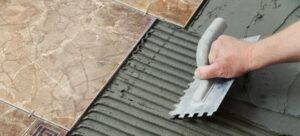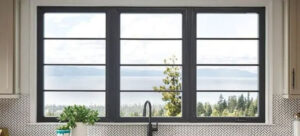As winter sets in and temperatures drop, the question of whether concrete bird baths are susceptible to cracking becomes a concern for bird enthusiasts and garden aficionados alike. The potential for damage to outdoor concrete structures, including bird baths, due to frost and freezing conditions is a legitimate consideration. Let’s delve into the factors at play and explore how to safeguard your concrete bird bath during the winter months.
Understanding Concrete: A Robust Yet Vulnerable Material
Concrete, known for its durability and strength, is a composite material composed of cement, water, and aggregates. Despite its robust nature, concrete can be vulnerable to the effects of freeze-thaw cycles, especially in regions where winter temperatures fluctuate around the freezing point.

The Freeze-Thaw Phenomenon: A Culprit in Concrete Cracking
The freeze-thaw phenomenon occurs when water present in the pores of concrete freezes and expands. As water turns into ice, it occupies a larger volume, exerting pressure on the surrounding concrete. When the ice thaws, the concrete contracts, creating stress within the structure. Repeated freeze-thaw cycles can lead to microcracks, compromising the integrity of the concrete.
Factors Influencing Concrete Cracking in Winter
Several factors contribute to the risk of concrete bird baths cracking during winter:
**1. Water Absorption: A Critical Factor
- Concrete Porosity: The porosity of the concrete determines its water absorption capacity. Highly porous concrete is more susceptible to water penetration, increasing the risk of freeze-thaw damage.
**2. Quality of Concrete Mix: Key Consideration
- Air Entrainment: The inclusion of air-entraining agents in the concrete mix enhances its resistance to freeze-thaw cycles. High-quality concrete mixes designed for outdoor use often incorporate these agents to mitigate cracking.
**3. Proper Installation: Ensuring Stability
- Foundation: A stable and well-constructed foundation for the bird bath can minimize stress on the concrete. Uneven or unstable bases may exacerbate the impact of freeze-thaw cycles.
Protective Measures for Winter Care
To safeguard your concrete bird bath from winter-related damage, consider implementing the following protective measures:
**1. Drainage: Minimizing Water Accumulation
- Tilt Design: Choose bird baths with a slight tilt to facilitate water drainage. This helps minimize water accumulation and reduces the risk of freeze-induced pressure.
**2. Covering: Shielding from the Elements
- Bird Bath Covers: Use covers designed for bird baths during the winter months. These covers provide an additional layer of protection against snow and ice, reducing direct exposure to freeze-thaw conditions.
**3. Relocation: Indoor Retreat for Winter
- Temporary Indoor Storage: Consider relocating the bird bath to a sheltered area or indoors during the coldest months. This temporary relocation shields it from extreme weather conditions.
**4. Sealing: Enhancing Water Resistance
- Concrete Sealers: Apply concrete sealers to enhance water resistance and reduce the porosity of the concrete. Sealing creates a protective barrier, limiting water absorption.
**5. Regular Inspection: Monitoring for Damage
- Visual Checks: Conduct regular visual inspections for signs of cracks or damage. Early detection allows for prompt intervention and can prevent minor issues from escalating.
Conclusion: Winter Harmony for Concrete Bird Baths
In conclusion, while concrete bird baths can be susceptible to cracking in winter, proactive measures can significantly reduce the risk of damage. Choosing quality concrete mixes, proper installation, and implementing protective strategies such as drainage, covering, and sealing contribute to the longevity of your bird bath.
By understanding the dynamics of freeze-thaw cycles and taking steps to mitigate their impact, you can ensure that your concrete bird bath stands resilient against winter’s challenges, providing a welcoming oasis for feathered visitors.
Continuing the Winter Care Journey: Maintaining Your Concrete Bird Bath
As we navigate the complexities of winter care for concrete bird baths, it’s essential to delve deeper into additional measures and considerations that contribute to the overall well-being of these outdoor structures. Let’s explore further strategies to maintain the integrity of your concrete bird bath during the winter season.
Enhanced Winter Protection Strategies
**6. Heating Elements: Gentle Warmth for Frosty Days
- Bird Bath Heaters: Consider installing bird bath heaters designed to prevent freezing. These devices gently warm the water, ensuring a constant water source for birds without subjecting the concrete to extreme temperature variations.
**7. Insulation: Blankets of Warmth
- Insulating Materials: Provide additional insulation by placing insulating materials around the base of the bird bath. This helps retain some heat, reducing the severity of temperature fluctuations.
**8. Elevated Placement: Avoiding Ground Contact
- Raised Platforms: If feasible, place the bird bath on a raised platform or pedestal. Elevating the bird bath minimizes its contact with the frozen ground, reducing the risk of temperature-related stress.
Monitoring and Responsive Care
**9. Temperature Awareness: Timely Adjustments
- Thermometer Use: Install a thermometer near the bird bath to monitor temperatures. If extremely cold conditions persist, consider adjusting the heating elements or relocating the bird bath temporarily.
**10. Regular Cleaning: Winter Hygiene Matters
- Snow and Ice Removal: Regularly remove accumulated snow and ice from the bird bath. Excessive weight from frozen precipitation can strain the structure, potentially leading to cracks.
**11. Winter Bird Feeding: An Additional Gesture
- Supplemental Bird Feeders: Provide nearby bird feeders with food offerings during winter. This encourages birds to frequent the feeding stations, reducing the dependence on the bird bath for hydration.
Community Engagement: Sharing Winter Wisdom
**12. Community Discussions: Exchanging Insights
- Local Forums: Engage with local gardening or birdwatching communities to share insights and experiences. Learning from the winter care practices of others in your region can offer valuable tips for maintaining concrete bird baths.
Conclusion: Nurturing Nature Amidst Winter’s Embrace
As you embark on the journey of winter care for your concrete bird bath, remember that each region has its unique challenges and solutions. The key is to stay attuned to the needs of both the birds and the concrete structure, adapting your care routine based on environmental conditions.
By implementing a combination of protective measures, monitoring strategies, and community insights, you contribute to the harmonious coexistence of nature and human intervention. As winter unfolds its icy embrace, let your concrete bird bath stand resilient and welcoming, providing a source of sustenance and delight for the feathered inhabitants of your outdoor sanctuary.
Frequently Asked Questions (FAQs) About Winter Care for Concrete Bird Baths
As you embark on the journey of winterizing your concrete bird bath, it’s natural to have questions. Here are some frequently asked questions to guide you in providing optimal care during the colder months:
**1. Q: How often should I check my concrete bird bath during winter?
A: Regular checks are crucial during winter. Aim for at least once a week to ensure the bird bath remains free from ice buildup, and any issues can be addressed promptly.
**2. Q: Can I use rock salt or de-icing chemicals on the bird bath to prevent freezing?
A: It’s not recommended. Chemical de-icers can harm the concrete and be detrimental to the health of birds. Opt for bird-safe heating elements designed for outdoor bird baths.
**3. Q: Will a heated bird bath harm the birds?
A: No, properly designed heated bird baths are safe for birds. They provide a gentle warmth that prevents freezing without reaching temperatures that could harm feathered visitors.
**4. Q: Should I empty the bird bath during winter nights to prevent freezing?
A: It’s not necessary. A heated bird bath or other winter care measures can keep the water from freezing. Emptying the bath nightly might disrupt the natural rhythm of visiting birds.
**5. Q: Can I use antifreeze in the bird bath?
A: Absolutely not. Antifreeze is toxic and poses a severe threat to birds. Stick to bird-safe heating elements and winter care strategies that don’t involve harmful chemicals.
**6. Q: What if my concrete bird bath already has cracks?
A: If cracks are minor, you can use a concrete sealer to fill them. For significant damage, consider professional repair or replacement.
**7. Q: Can I relocate my bird bath indoors for the entire winter?
A: Yes, if you have the space, you can relocate the bird bath indoors during extreme winter conditions. Ensure it doesn’t disturb the birds’ regular access to water.
**8. Q: Are there specific bird bath heater recommendations?
A: Choose bird bath heaters with a thermostat to regulate temperature. Look for models designed for outdoor use and ensure they meet safety standards.
**9. Q: Do all bird species use bird baths during winter?
A: While not all bird species use bird baths, many do appreciate a water source during winter. Common winter visitors include sparrows, finches, and cardinals.
**10. Q: Can I add decorative elements to the bird bath for winter?
A: Yes, you can enhance the winter aesthetic by adding non-toxic decorative elements around the bird bath. Avoid obstructing the bath to ensure birds have easy access.
**11. Q: Should I clean the bird bath less frequently during winter?
A: No, regular cleaning is still essential. Snow and ice can introduce contaminants, and maintaining cleanliness ensures a safe and inviting environment for birds.
Feel free to reach out if you have additional questions or require further clarification on winter care for concrete bird baths.



